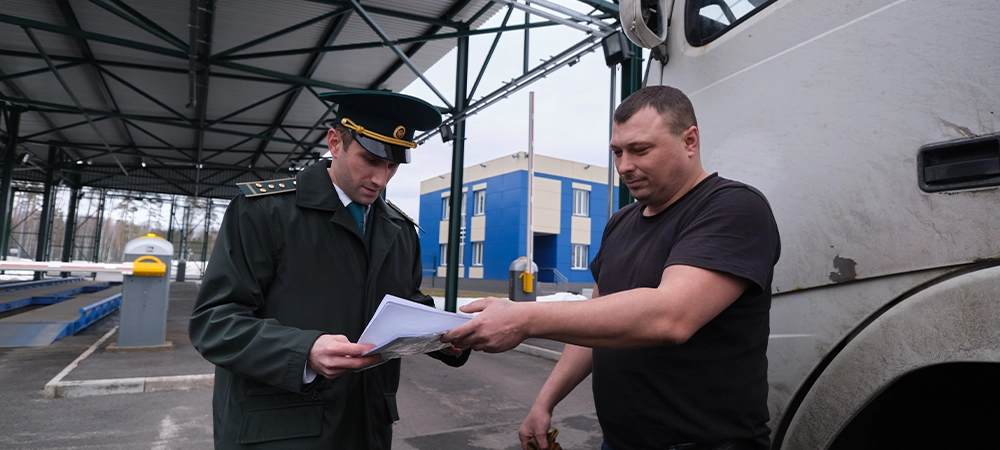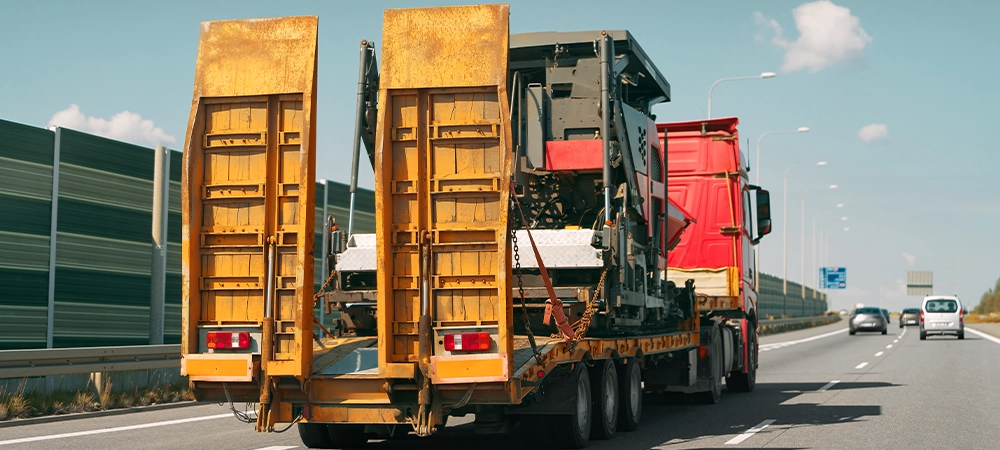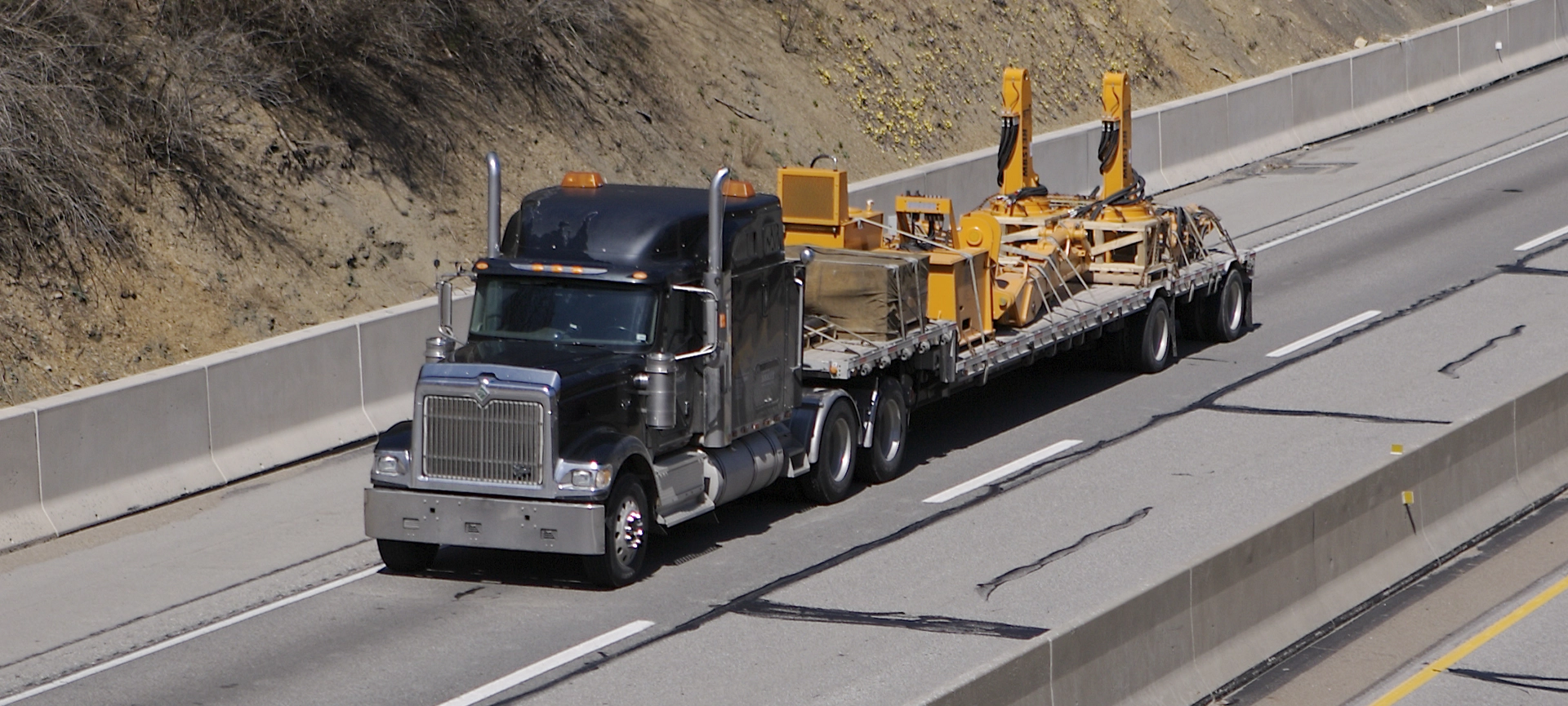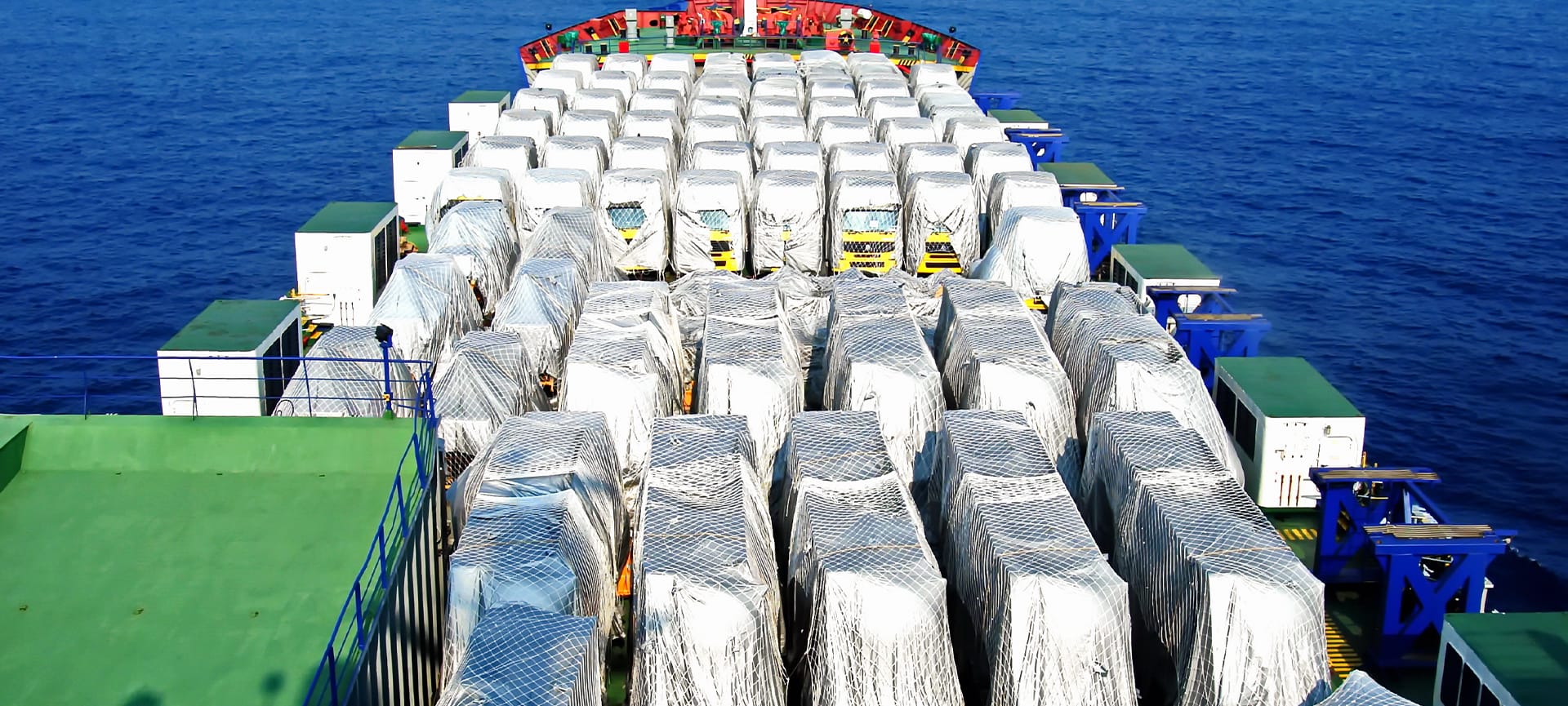Transporting heavy equipment across the Canada–U.S. border involves more than just loading and driving. It requires careful planning, regulatory compliance, and experience in cross-border logistics. From securing permits to clearing customs, each step must be done right to avoid delays and unexpected costs.
Here’s your step-by-step guide to moving heavy machinery efficiently and legally and how RoadLINX makes it easier.
Choose the Right Equipment and Carrier
The right trailer and hauling setup are essential. Depending on the size, weight, and shape of your equipment, you may need a flatbed, step-deck, or lowboy trailer. Drivers must be certified for international hauling and familiar with both Canadian and U.S. transport regulations. Carriers must also comply with cross-border licensing and fuel tax reporting standards.
Working with a carrier experienced in heavy haul shipments between Canada and the U.S. helps avoid operational and legal issues.
Related Article: Moving from Ontario to Alberta: Everything You Need to Know
Secure Permits and Follow Transport Rules
Heavy equipment often exceeds legal weight or size limits and may require oversize/overweight permits in both countries. Common permits include:
- Provincial and state oversize load permits
- Special weight exemptions for bridges or roadways
- Permits for pilot or escort vehicles, if required
- Approvals for travel during limited hours or restricted routes
In addition, all machinery with engines must meet U.S. environmental standards. Importing non-compliant machinery can result in denial at the border or forced return to Canada.
Prepare All Documentation in Advance
Accurate documentation is critical to clear customs and avoid penalties. Before transport, ensure the following paperwork is complete and accurate:
- Commercial invoice showing detailed equipment information and value
- Bill of lading (BOL) to outline freight details and responsibilities
- Certificate of origin (under USMCA) to reduce or eliminate duties
- Customs declaration forms prepared by your broker
- Proof of EPA or DOT compliance for machinery with engines or trailers
Inaccurate paperwork is one of the most common reasons for delays at the border.
Plan for Cross-Border Customs Procedures
Efficient border crossing requires pre-clearance and coordination between customs brokers, carriers, and receivers. Common processes include:
- Registering the shipment for pre-approval through pre-arrival processing or pre-arrival review systems
- Coordinating with a licensed U.S. customs broker
- Selecting the most efficient commercial crossing point
- Ensuring all import fees, bonds, and filings are in place
Poor customs coordination can hold your equipment at the border for days or result in extra charges.

Work with a Customs Broker
A customs broker handles the administrative and legal work needed to move freight across the border. They:
- Submit required forms and declarations
- Verify tariff codes and duties
- Coordinate with U.S. and Canadian border agencies
- Advise on compliance with regulations
Having a broker involved early helps prevent missteps and smooth out the entire clearance process.
Load and Secure Equipment Properly
Heavy machinery needs to be professionally secured using equipment rated for its weight and dimensions. This may include:
- Industrial chains, tie-downs, and tension binders
- Wheel chocks and blocks
- Flags and lights for wide or tall loads
Improper loading can damage equipment or cause violations during transit.
Related Article: How to Transport Heavy Equipment: Best Shipping Solutions
Coordinate Pickup and Delivery Sites
Before pickup and drop-off, make sure each location is ready. This includes:
- Access for large trucks or trailers
- Staff on-site to help with loading or unloading
- Designated staging areas
- Contact info for quick communication
Delays due to tight delivery windows or inaccessible yards can lead to extra charges.
Prepare for Unexpected Challenges
Cross-border transportation can be affected by:
- Poor weather or road closures
- Port congestion or construction delays
- Seasonal volume increases
- Shifts in customs regulations
A well-planned shipment builds in contingency time and keeps communication open at every stage.
Know Your Costs
Pricing for heavy equipment transport depends on many variables:
- Distance between pickup and drop-off points
- Equipment dimensions and weight
- Trailer type and special requirements
- Permit and escort fees
- Customs processing and brokerage costs
- Fuel surcharges and wait time
A reliable carrier will provide a detailed quote so you can budget with accuracy and avoid hidden fees.
Related Article: How Much Does It Cost to Transport Heavy Equipment

Inspect and Document Equipment on Arrival
Before signing off on the delivery:
- Do a full walk-around inspection
- Document any damage or wear from transit
- Photograph key areas and serial numbers
- Have both driver and receiver sign off
This protects your interests and simplifies any insurance claims if issues arise.
Extra Tips to Streamline the Process
- Ship during off-peak hours or shoulder seasons to avoid congestion
- Combine multiple equipment items in one trip, if possible
- Prepare funds for any U.S. customs processing or duties
- Use a provider that handles both transport and customs for simplified coordination
Why RoadLINX Is the Right Partner
At RoadLINX, we specialize in cross-border freight with expertise in transporting heavy equipment between Canada and the U.S. Our services include:
- Flatbed and lowboy trailer options for all types of machinery
- Permit handling and routing for oversize or overweight loads
- Partnerships with trusted customs brokers on both sides of the border
- Real-time tracking and dedicated account support
- Fully insured, licensed, and compliant carriers
Whether it’s a one-time move or ongoing shipments, we ensure your freight is handled professionally, efficiently, and in full compliance with all regulations.
A Clear Plan Makes Cross-Border Transport Simple
Transporting heavy equipment across the border isn’t simple. With the right knowledge and the right team, it doesn’t have to be stressful. Here’s a quick recap of what to prioritize:
- Choose a qualified carrier with the right trailer
- Secure all necessary permits
- Prepare complete documentation
- Work with an experienced customs broker
- Communicate clearly at every stage
- Budget accurately and plan ahead
When you’re ready to move, trust RoadLINX to deliver heavy loads with confidence and care.
Need to move heavy equipment from Canada to the US? Contact RoadLINX today for a detailed quote and get your shipment on the road, the right way.



